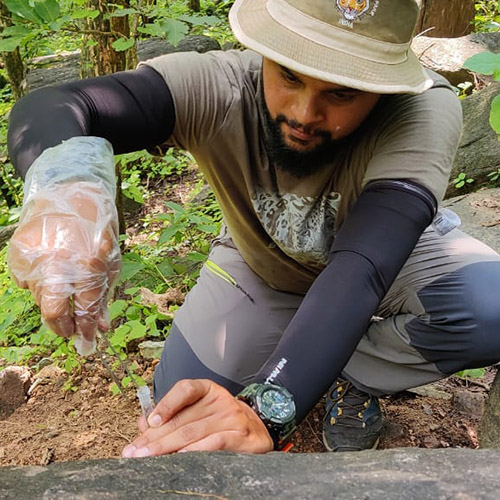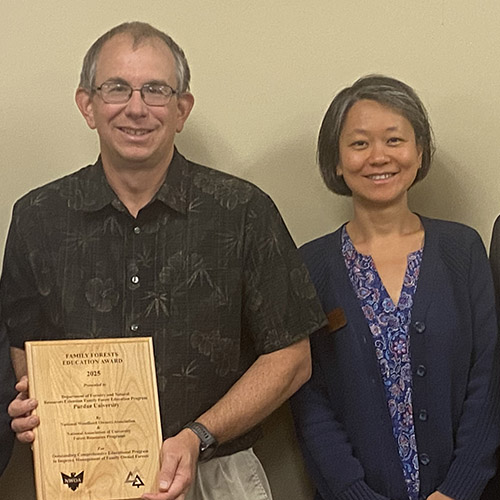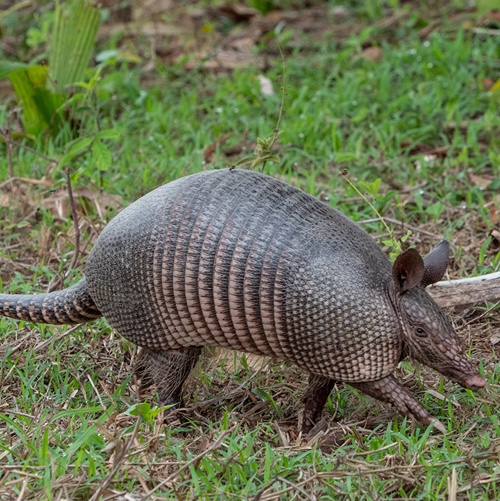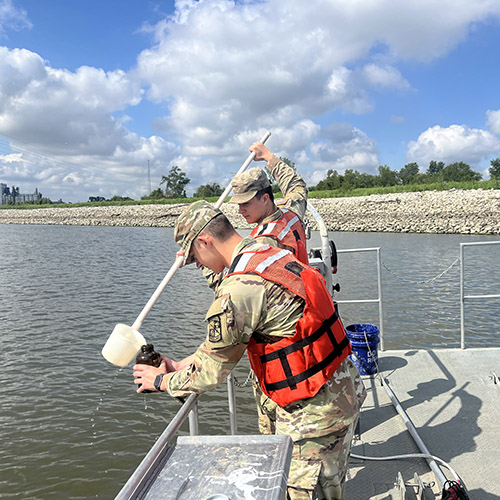Advancing forest measurements with digital technology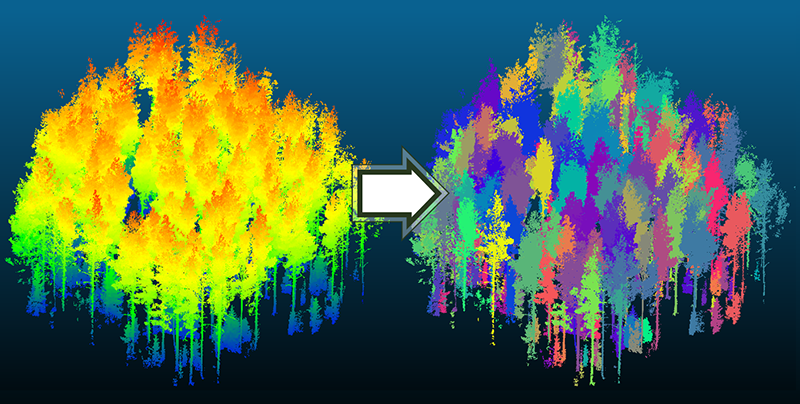
The Central Hardwood Forest is one of the most important forest ecosystems in the eastern U.S., harboring high diversity of native species and providing valuable economic and recreational opportunities to the citizens of the region. With the ongoing fragmentation, new fire regimes, modern land-use and forest management practices, and other exogenous factors, invasive exotic plants are moving into these economically and ecologically important forest ecosystems, in some places reaching epidemic proportions. The health and longevity of many of these forest ecosystems are at risk. The long-term invasion of exotic plants can alter the composition and reduce the diversity of these ecosystems, especially those mast-bearing, fire[1]mediated oak and hickory species. Such a compositional change could result in dramatic declines in the wildlife population and diminished economic opportunities for the human inhabitants of these largely rural regions.
Moreover, forest plays an important role in U.S. economy. In the Central Hardwood Forest region alone, over 255,000 men and women are employed in forestry related jobs (AFPA 2012). On the other hand, invasive species cost the American public about $1,300 per household each year in an earlier estimation (Pimentel et al. 2005). Therefore, research of the impact of invasive species on forest health and strategies to remediate the impact will have huge economic implications.
Project Director - Songlin Fei
10/1/2021 - 9/30/2026

